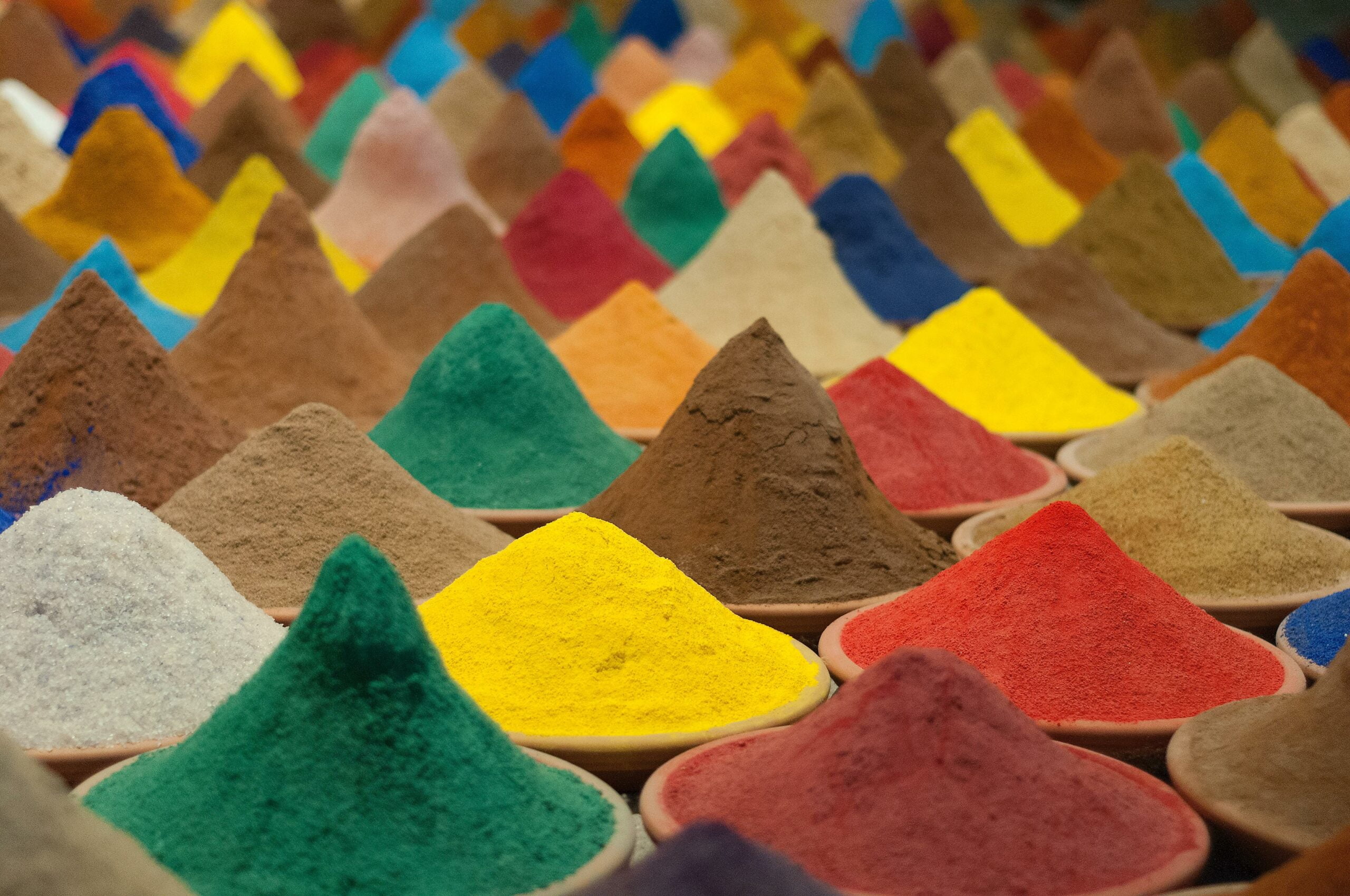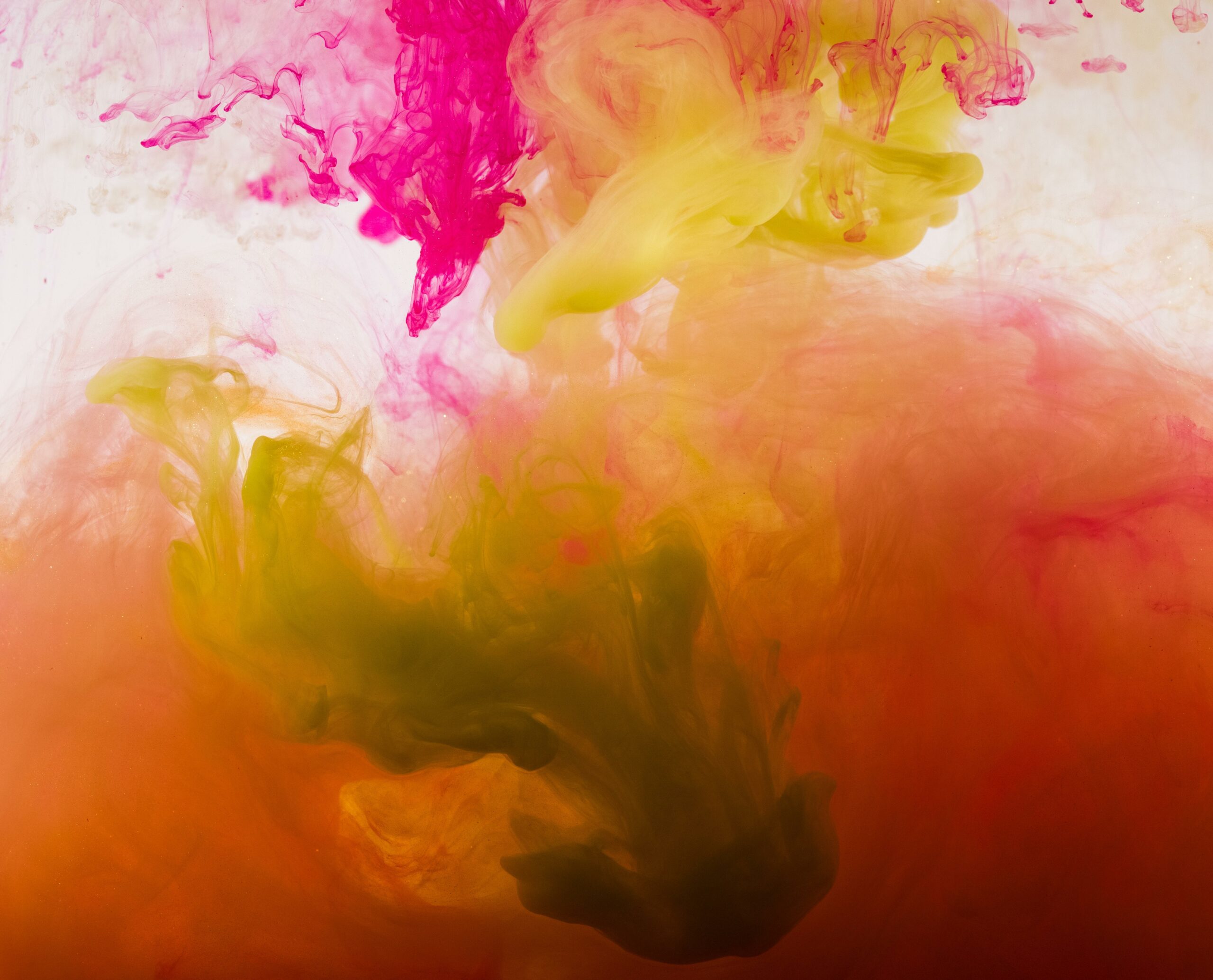Are you ready to dive into the mesmerizing world of indigo dye? Prepare to be captivated by the endless charm and versatility of this timeless pigment. In this article, we will embark on a journey exploring the eclectic uses of indigo dye, uncovering its rich cultural significance and advocating for its eco-friendly attributes. From delicate Shibori patterns to bold batik-inspired motifs, we will showcase the boundless possibilities that indigo dye offers in sustainable fashion and textile art. Get ready to be inspired as we unravel the secrets of indigo and unleash its undeniable allure. Get ready to experience indigo like never before.

Uses of Indigo Dye
Indigo dye, with its deep blue hue and rich history, offers a world of possibilities beyond traditional textile dyeing. From denim jeans to sweet treats, this captivating pigment reveals its versatile nature and cultural significance. Let’s dive into the eclectic uses of indigo dye and explore its endless charm.
Dyeing Cotton, Wool, and Silk
One of the most prevalent and iconic uses of indigo dye is in the dyeing of cotton yarn, particularly in the production of denim cloth for blue jeans. Each pair of jeans typically requires around 3 to 12 grams of indigo dye, showcasing the immense amount of pigment needed to create the desired hue. The unique appeal of indigo-dyed denim lies in its ability to evolve and age gracefully, developing a beautiful patina over time.
But indigo dye doesn’t stop at cotton. It can also transform wool and silk into stunning pieces of art. Whether used to dye scarves, shawls, or cozy sweaters, indigo adds an air of sophistication and allure to these fabrics. Its deep blue tone is an eternal favorite, encompassing an air of natural elegance that captures the eye.
“Indigo dye brings cotton, wool, and silk to life with its timeless and captivating color.”
Beyond the World of Textiles
Indigo dye has a surprising array of applications beyond the realm of textile dyeing. In certain cultures, it is transformed into an edible powder, finding its way into sweets, sauces, spices, and even smoothies. The addition of indigo dye not only imparts a vibrant blue color to these culinary creations but also opens up a world of creativity in the kitchen.
Moreover, indigo has been discovered to possess various health benefits. It has the potential to support immune function and aid in the fight against cold and flu. This awe-inspiring dye also showcases antibacterial properties, making it a valuable addition to medical textiles and bandages. In addition, indigo can act as a flame retardant and nematicide, protecting against potential risks.
“Indigo dye goes beyond textiles, coloring our plates and supporting our well-being while offering functional benefits.”
Historical Significance and Traditional Practices
Indigo dye carries a rich historical significance, having been utilized by ancient civilizations across the globe. From Asia and Egypt to Greece, Rome, Britain, and Peru, indigo has left its indelible mark on cultures throughout history. The vibrant blue shades created by indigo were highly sought after and symbolized wealth, power, and prestige.
Indigo dyeing is a complex process that requires knowledge, skill, and patience. Traditionally, indigo was derived from various plants, most notably Indigofera tinctoria. However, the majority of indigo dye produced today is synthetic, offering consistency and accessibility to artisans and manufacturers worldwide.
“Indigo dye, an integral part of ancient cultures, continues to weave its intricate story through traditional practices and modern ingenuity.”
In conclusion, indigo dye offers a world of uses and possibilities that extend beyond textile dyeing. From its iconic presence in denim jeans to its surprising appearance in culinary delights, indigo captures our imagination and highlights the beauty of natural color. Let us embrace the indescribable allure of indigo and its everlasting charm.
[Table: Examples of Uses of Indigo Dye]
| Uses | Description |
|---|---|
| Textile Dyeing | Dyeing cotton, wool, and silk for clothing and home decor |
| Culinary Delights | Adding indigo dye to sweets, sauces, spices, and smoothies |
| Health Benefits | Supporting immune function and possessing antibacterial properties |
| Flame Retardant | Acting as a fire-resistant agent in textiles and materials |
| Cultural Significance | Carrying historical significance and cultural symbolism |
“Indigo dye encompasses a multitude of uses, from enhancing textiles and culinary creations to providing health benefits and honoring ancient traditions.”
Indigo dye has a rich history and fascinating properties that continue to captivate people today. If you’re curious about the process, cultural significance, or surprising uses of indigo dye, you’ll definitely want to check out these facts about indigo dye. From its origins in ancient civilizations to its modern-day applications in fashion and art, indigo dye is a subject that will leave you wanting to explore further. Click here to uncover the intriguing facts about indigo dye: facts about indigo dye. Don’t miss out on discovering the secrets behind this timeless and captivating dye.
FAQ
Question: What are the primary uses of indigo dye?
Answer: Indigo dye is primarily used for dyeing cotton yarn, especially in the production of denim cloth for blue jeans. Smaller quantities are also used for dyeing wool and silk.
Question: Can indigo dye be used for anything other than textile dyeing?
Answer: Yes, indigo dye has other uses beyond textile dyeing. It can be made into an edible powder for use in sweets, sauce, spices, and smoothies.
Question: What are the health benefits of indigo dye?
Answer: Indigo dye has been found to support immune function and fight cold and flu. It also possesses antibacterial properties and can act as a flame retardant and nematicide.
Question: What is the historical significance of indigo dye?
Answer: Indigo dye has a rich history and has been used by ancient civilizations in Asia, Egypt, Greece, Rome, Britain, and Peru.
Question: Why is indigo dye challenging to work with?
Answer: Indigo dyeing is a complex process, and indigo itself is a challenging dye to work with due to its insolubility in water.
“`json
“`















